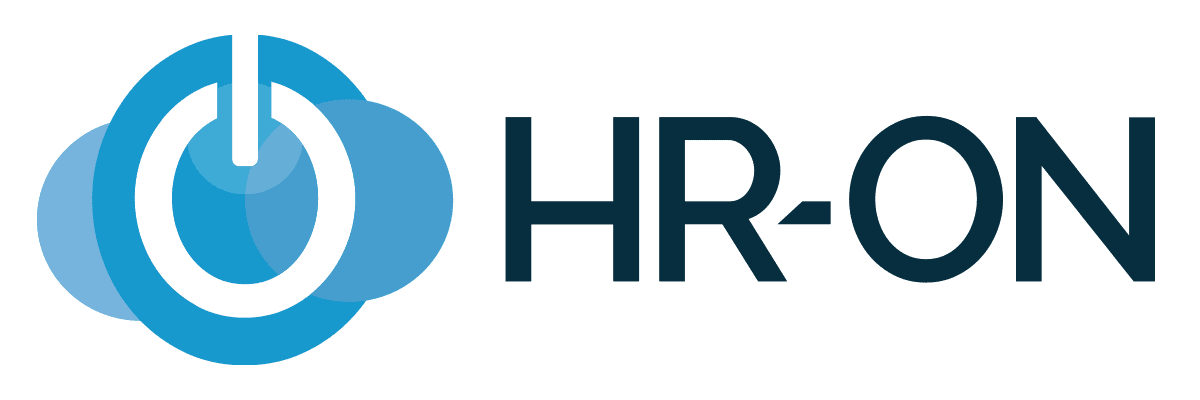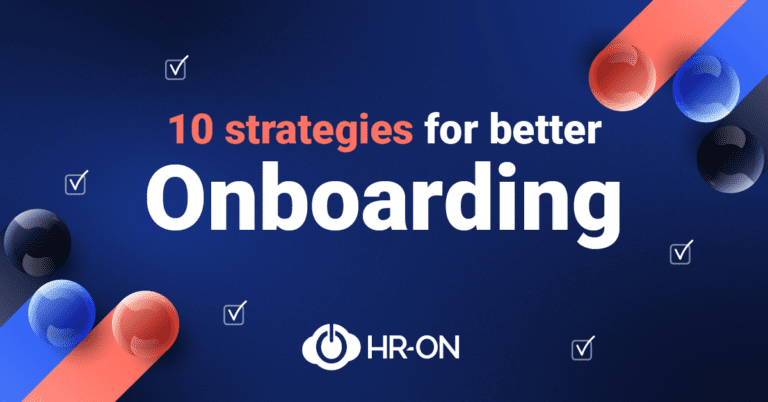10 Effective Strategies for Improving Development in Your Onboarding Process
An effective onboarding process is a crucial step in every organization’s growth. It goes beyond paperwork and office tours, focusing on arming new hires with the tools and knowledge to thrive in their roles. A successful onboarding is an investment in both your employees’ future and your company’s success.
Employee development is a frequently discussed subject. As periodic surveys reveal, the importance of employees acquiring new skills and knowledge is on the rise. An analysis of 5,000 employees and 500 companies indicates that nearly 40 percent of employees are concerned “their job skills will become outdated because of advancements in technology such as automation, artificial intelligence, and robots“.
A good workplace places a strong emphasis on knowledge development. This means that the company continuously works on understanding and applying new knowledge in its daily operations to achieve innovation and efficiency. However, knowledge development doesn’t begin when a new employee shows up on their first day of work; it starts right in the onboarding process
You might also like: Use Re-Recruitment to Strengthen Employee Engagement and Avoid Resignations
What Is Onboarding?
Onboarding can be defined as the process in which a new employee is introduced to their job, colleagues, and the organization as a whole. It is a period during which employees learn about the company’s culture, values, goals, and procedures. An effective onboarding process helps reduce employee turnover, enhance productivity, and create a more engaged workforce.
But why is onboarding important? A well-prepared onboarding process offers several significant benefits for both employees and the organization:
Employee retention: An effective onboarding process reduces the likelihood of new employees leaving the organization prematurely.
Enhanced productivity: New employees can become productive more quickly when they have access to the necessary knowledge and tools.
Engaged employees: Employees who feel welcomed and understood are likelier to be engaged and satisfied.
With the right start, continuous effort, and a focus on development and well-being, a company can go a long way in achieving the goal of a workplace with a strong and positive work culture. Knowledge development, in particular, can take various forms, and the onboarding process offers a multitude of different opportunities.
10 Strategies to Strengthen Your Onboarding Process
- Create a structured onboarding plan: Develop a comprehensive onboarding plan with step-by-step guides and deadlines for what employees should learn and accomplish in their first days, weeks, and months.
- Implement a mentorship program: Assign an experienced employee as a mentor to new hires. The new employee gets support from a colleague who can guide them and address their questions.
- Embrace blended learning: Combining e-learning with interactive workshops empowers employees to learn at their own speed while engaging in discussions and practical exercises.
- Utilize video presentations: Use videos to introduce key concepts, company values, and expectations. Videos can be an effective way to engage employees.
- Digital workshops: Organize workshops where employees can engage in discussions, case studies, and exercises in which they apply the knowledge they have gained.
- Practical follow-up sessions: After the initial weeks, arrange follow-up sessions with your new employees to assess how well they have understood and implemented their newly gained knowledge.
- Ongoing feedback: Encourage employees to provide ongoing feedback about the onboarding process, enabling adjustments and improvements over time. Consistent engagement is key.
- Establish a knowledge center: Create a knowledge center where employees can access training materials, documentation, and policies.
- Social events: Arrange social events and meetings to foster employee relationships with colleagues and leaders, facilitating knowledge sharing with the aim of reducing stress.
- Targeted development: Identify each employee’s specific skills to develop and offer focused training to enhance such competencies.
Onboarding Program and Development
An onboarding program should be high on a company’s to-do list. It lays the groundwork for employees’ first impressions and influences their future engagement and productivity. When discussing development in the onboarding process, it is essential to understand that it is not just about transferring information but about facilitating a deeper understanding of the organization’s culture, goals, and procedures.
Adapting the onboarding process to suit the organization’s specific requirements is vital for success. Given that every company is distinct, the onboarding program should be personalized to address these needs and guide employees in understanding their place within the organization.
Setting up an onboarding process is straightforward with an HR system. In HR-ON Staff, you can use the tool “Processes” to create different onboarding steps at once and then assign the employees who need to be part of the process. You can also consider utilizing some of the 10 strategies in onboarding, such as blended learning.
Ultimately, onboarding is about bridging the gap between new employees and the organization. By implementing some of the 10 strategies, organizations can shape a more complete and engaged workforce, establishing a strong foundation for future success.
FAQ: Onboarding
Why is onboarding important?
Onboarding is essential because it sets the foundation for new employees' engagement, productivity, and overall success within the organization. It ensures that they feel welcomed and prepared to contribute effectively.
What is onboarding?
Onboarding is the process of integrating new employees into the company by providing them with the information, tools, and training they need to perform their jobs and become familiar with the organization's culture and values.
How do you create an onboarding plan?
To create an effective onboarding plan, you should start by defining clear objectives for the program, followed by identifying necessary training, setting milestones, and offering ongoing support to new hires throughout their transition into the company.
What is good onboarding?
Good onboarding goes beyond a basic introduction; it involves clear communication, a structured plan, a welcoming environment, and efforts to help employees feel a sense of belonging and alignment with the company's goals.
Which HR system can be used for onboarding new employees?
When it comes to HR systems for onboarding new employees, HR-ON Staff is a reliable choice that simplifies and streamlines the onboarding process, making it more efficient and effective.


